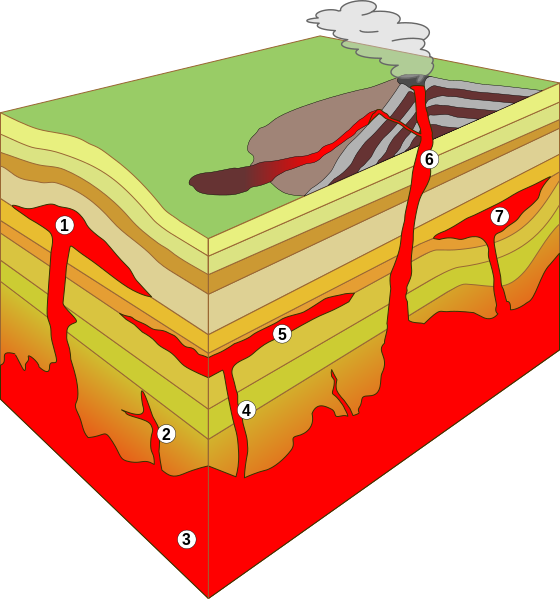File:Intrusion types.svg
Appearance

Size of this PNG preview of this SVG file: 560 × 599 pixels. Other resolutions: 224 × 240 pixels | 448 × 480 pixels | 717 × 768 pixels | 957 × 1,024 pixels | 1,913 × 2,048 pixels | 1,180 × 1,263 pixels.
Original file (SVG file, nominally 1,180 × 1,263 pixels, file size: 72 KB)
File history
Click on a date/time to view the file as it appeared at that time.
| Date/Time | Thumbnail | Dimensions | User | Comment | |
|---|---|---|---|---|---|
| current | 12:24, 9 July 2009 |  | 1,180 × 1,263 (72 KB) | Motilla | nubers |
| 14:16, 7 July 2009 |  | 1,595 × 1,263 (72 KB) | Motilla | {{Information |Description={{en|1=Basic types of intrusions}} {{pl|1=Podstawowe typy intruzji}} |Source=Own work by uploader |Author=Motilla |Date=07.07.2009 |Permission= |other_versions= }} <!--{{ImageUpload|full}}--> [[Category:[[Categ |
File usage
The following 6 pages use this file:
Global file usage
The following other wikis use this file:
- Usage on bg.wikipedia.org
- Usage on bn.wikipedia.org
- Usage on ca.wikipedia.org
- Usage on cs.wikipedia.org
- Usage on da.wikipedia.org
- Usage on de.wikipedia.org
- Usage on eo.wikipedia.org
- Usage on es.wikipedia.org
- Usage on eu.wikipedia.org
- Usage on fa.wikipedia.org
- Usage on fr.wikipedia.org
- Usage on gl.wiktionary.org
- Usage on he.wikipedia.org
- Usage on he.wiktionary.org
- Usage on hi.wikipedia.org
- Usage on hr.wikipedia.org
View more global usage of this file.

